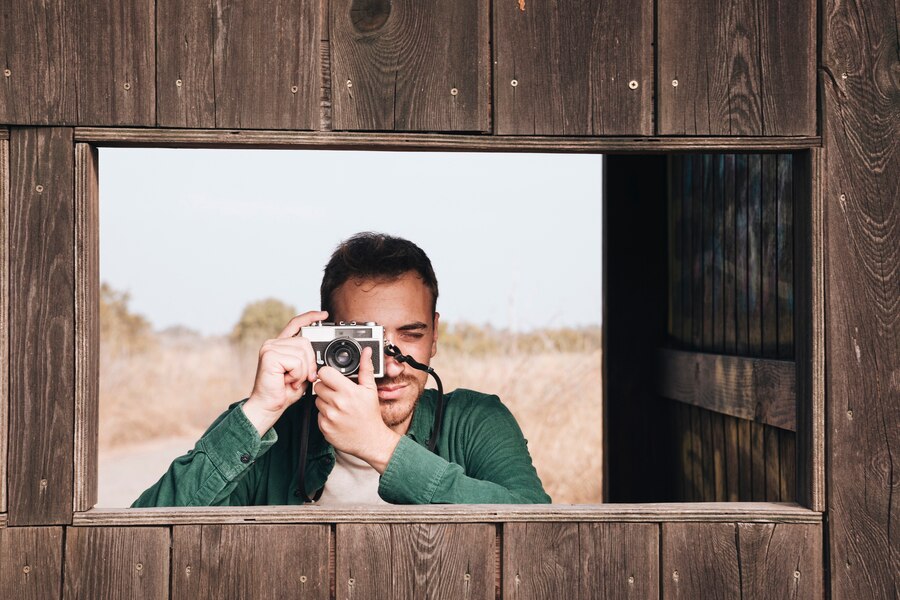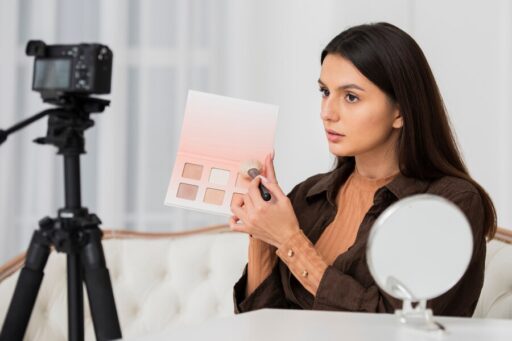Capturing breathtaking landscape photos is a rewarding art that blends technical skill with creative vision. Whether you’re a beginner with a smartphone or an experienced photographer using a DSLR, achieving stunning results doesn’t require expensive equipment. Instead, focus on mastering fundamental techniques and adopting a keen sense of observation. In this guide, we delve into simple yet powerful methods to elevate your landscape photography, offering actionable tips, resources, and inspiration.

Master the Basics of Composition
Understanding composition is crucial in transforming ordinary scenes into compelling landscape photographs. The rule of thirds, one of the most popular composition techniques, suggests dividing your frame into nine equal parts using two horizontal and two vertical lines. Placing your subject along these lines or at their intersections often creates balanced and visually engaging images. Explore detailed tips on the National Geographic photography guide.
Other techniques include leading lines, symmetry, and framing. Leading lines, such as paths or rivers, guide the viewer’s eye through the image, creating depth and a sense of scale. Symmetry works wonders for reflective surfaces like lakes or calm seas, while natural frames—trees, archways, or even clouds—add focus to your subject. Enhance your knowledge by referencing PetaPixel’s guide on photography fundamentals.
Leverage Natural Lighting
Lighting plays a pivotal role in landscape photography. Golden hour, the time shortly after sunrise or before sunset, offers soft, diffused light that enhances colors and adds warmth. Conversely, blue hour, just after sunset or before sunrise, provides a cool, serene tone to your photos. Both periods are perfect for experimenting with long exposure shots. Learn more about lighting nuances from Adobe’s photography tutorials.
Avoid harsh midday sun unless you’re aiming for dramatic shadows. When shooting in bright conditions, use neutral density (ND) filters to reduce light and create balanced exposures. Additionally, polarizing filters help eliminate reflections and enhance sky contrasts. For filter recommendations, visit B&H Photo Video.
Choose the Right Equipment
While great photos are possible with any camera, certain tools can elevate your landscape photography. A sturdy tripod is essential for stability, especially during long exposures. Invest in lenses that suit your style: wide-angle lenses for expansive views or telephoto lenses for isolating distant subjects. Smartphone users can enhance their shots with clip-on lenses and apps like Snapseed for post-processing. Explore gear reviews on DPReview.
Essential Accessories
- Tripods: Ensure stability for sharp images.
- Filters: Use ND and polarizing filters for balanced light and rich contrasts.
- Lens Cloth: Keep lenses clean for clarity.
- Remote Shutter: Avoid camera shake during long exposures.
Master Post-Processing Techniques
Editing is an integral part of landscape photography. Tools like Adobe Lightroom or Photoshop allow you to adjust exposure, contrast, and saturation, bringing your vision to life. Start by fine-tuning basics such as white balance and brightness. Gradually experiment with advanced techniques like HDR (High Dynamic Range) editing to merge multiple exposures for increased detail. Discover editing workflows on Fstoppers’ photography blog.
Mobile photographers can achieve impressive results with apps like Snapseed, VSCO, or Lightroom Mobile. These apps offer robust features like selective adjustments and gradient filters. For creative editing tips, explore the Canva photo editing guide.
Develop Patience and Observation Skills
Stunning landscape photos often require patience and an observant eye. Scout your location in advance to identify potential compositions. Use weather apps to predict conditions that complement your theme, whether it’s misty mornings or dramatic storm clouds. Find inspiration and planning tools at Photographer’s Ephemeris.
Tips for Better Observation
- Visit the same location at different times of the day.
- Look for unique perspectives, such as low angles.
- Incorporate seasonal elements, like autumn leaves or spring blooms.
Experiment with Long Exposures
Long exposure photography can transform ordinary scenes into ethereal masterpieces. Use a tripod to stabilize your camera and experiment with shutter speeds ranging from a few seconds to minutes. Capture silky waterfalls, star trails, or streaking car lights against serene landscapes. For detailed tutorials, visit Digital Photography School.
When attempting long exposures, reduce noise with in-camera settings or during post-processing. Try apps like Star Walk for planning astrophotography sessions. Explore additional long exposure techniques on Nikon’s Learning Center.
FAQs About Landscape Photography
What is the best camera for beginners in landscape photography?
Affordable options like the Canon EOS Rebel series or mirrorless cameras such as the Sony Alpha series are great for beginners. For smartphones, iPhone Pro models and Google Pixel excel in photography.
How can I improve my landscape photos without expensive gear?
Focus on composition, lighting, and post-processing techniques. Even basic smartphones produce stunning images when these elements are mastered.
Are there free resources to learn landscape photography?
Yes, platforms like YouTube (e.g., Thomas Heaton’s channel), blogs like Digital Photography School, and free mobile apps like Snapseed offer excellent learning materials.
How do I find the best locations for landscape photography?
Use apps like Google Earth, Pinterest, or Instagram geotags. Photography communities such as 500px and Flickr also provide location-based inspiration.
Conclusion
Creating stunning landscape photos doesn’t require high-end gear or years of experience. By mastering simple techniques like composition, natural lighting, and post-processing, you can transform your photography skills and capture breathtaking images. The journey is as rewarding as the result—immerse yourself in nature, develop your artistic vision, and let your creativity shine. For ongoing inspiration and resources, explore trusted platforms like Outdoor Photographer and The Photography Blog. Start practicing today and watch your landscape photos reach new heights!









